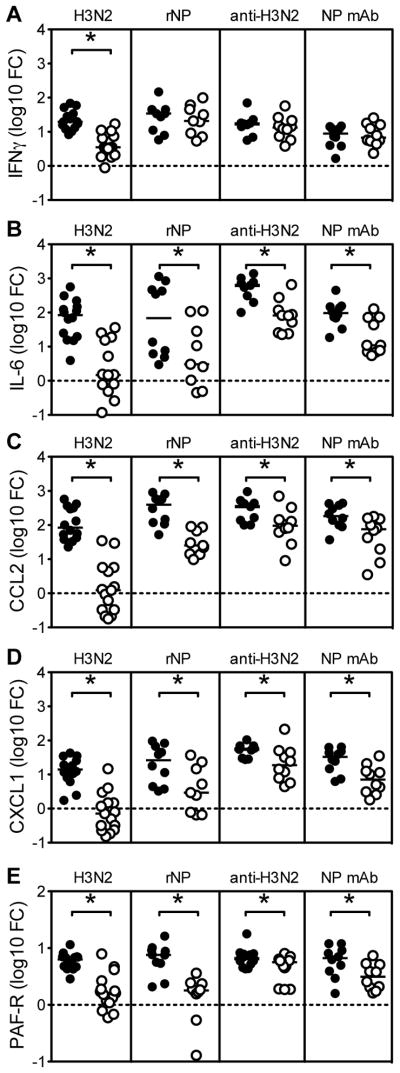Figure 7. Immunity to NP suppresses induction of inflammatory cytokines and chemokines.
Levels of mRNA encoding interferon-gamma (A), IL-6 (B), CCL2 (C), and CXCL1 (D) in lung tissue from C57BL/6 mice infected with H1N1 influenza for 5 days. Graphs show the fold change (FC) from uninfected controls. As indicated, mice were previously exposed to H3N2 influenza, vaccinated with rNP, passively immunized with H3N2 serum, or passively immunized with NP mAb (open circles). Control mice (closed circles) were previously exposed to PBS (control for H3N2), vaccinated with adjuvant alone (control for rNP), passively immunized with non-immune serum (control for H3N2 serum), or passively immunized with irrelevant mouse IgG2a mAb (control for NP mAb). Active and passive immunity to NP significantly suppressed levels of mRNA encoding IL-6, CCL2, and CXCL1, but not interferon-gamma (all p<0.05 by student’s t test versus respective controls).

